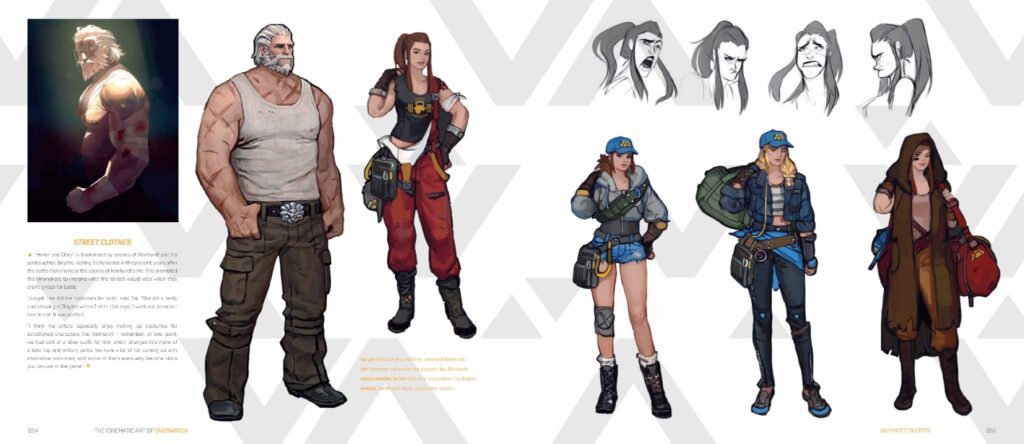Every detail in a video game matters, from the environment to the characters, and art and animation play a crucial role in storytelling. The visuals are particularly important in conveying emotions, setting the mood, and driving the narrative forward. Good character design is also essential for conveying emotions, personality, and backstory without dialogue or exposition. Immersive environments further enhance the player’s experience by creating a sense of atmosphere and conveying information about the game’s world. Additionally, animation brings characters to life, conveying emotions and story beats, and creating an emotional connection between the player and the character. Video game developers use art and animation to create immersive worlds and engaging characters, allowing players to interact with the story and influence it.
How Game Developers Use Art and Animation to Tell Powerful Stories
Game developers are storytellers who use art and animation to create immersive worlds and engaging characters. In the world of gaming, every detail matters — from the way the environment looks to the emotions expressed by the characters. Art and animation are integral to the storytelling process, conveying emotions, setting the mood, and driving the narrative forward. In this article, we will explore how game developers use art and animation to tell powerful stories.
The Art of Storytelling in Games
Video games are a form of interactive storytelling that allows players to immerse themselves in a world, interact with the characters and influence the story. The art of storytelling in games is a complex and collaborative process that involves the writing, directing, designing, and animating of characters, environments, and other elements.
The visuals of a game play a crucial role in telling a story. The environments, characters, lighting, and effects all contribute to the atmosphere and mood of the game. When a player feels immersed in a game, it means that the visuals have effectively conveyed the story and created a sense of emotional connection with the player.
The Importance of Character Design
Good character design is essential to any game’s success. A well-designed character can convey emotions, personality, and backstory without the need for dialogue or exposition. A character’s appearance, movements, and facial expressions can all contribute to their personality and backstory.
For example, in the popular game “The Last of Us,” the character Ellie is a young girl who has grown up in a post-apocalyptic world. Her appearance is scrappy and tough, reflecting the harsh environment she has grown up in. Her movements are quick and agile, reflecting her survival instincts, while her facial expressions convey both her vulnerability and determination. All of these elements contribute to making her one of the most beloved characters in gaming.
Creating Immersive Environments
The environments in a game are just as important as the characters. They can set the mood, create a sense of atmosphere, and even convey information about the world and its inhabitants. The level of detail and interactivity of a game’s environment can greatly enhance the player’s immersion and understanding of the world.
For example, in the game “Bioshock,” the underwater city of Rapture is a character in itself. The art nouveau architecture, the decay and the visual storytelling through the use of props and murals all contribute to the feeling of being immersed in a dystopian underwater world. The experience of exploring the environment is just as memorable as the characters and story.
The Power of Animation
The animation of characters is what brings them to life. It can convey personality, emotions, and story beats. In games, animation can be used to create powerful moments of impact and convey information about the story and world.
For example, in the game “Journey,” the player controls a silent character who is on a pilgrimage to a far-off mountain. The character’s animation conveys a sense of purpose and determination as they struggle against wind and sand to reach their destination. The animation creates an emotional connection between the player and the character, making the journey all the more impactful.
Conclusion
In conclusion, art and animation are essential components of game development, used to convey story, emotion, and atmosphere. Game developers are storytellers who rely on art and animation to create immersive worlds and engaging characters. The art of storytelling in games is constantly evolving, and as technology improves, games will continue to push the boundaries of what is possible in terms of visual storytelling.
